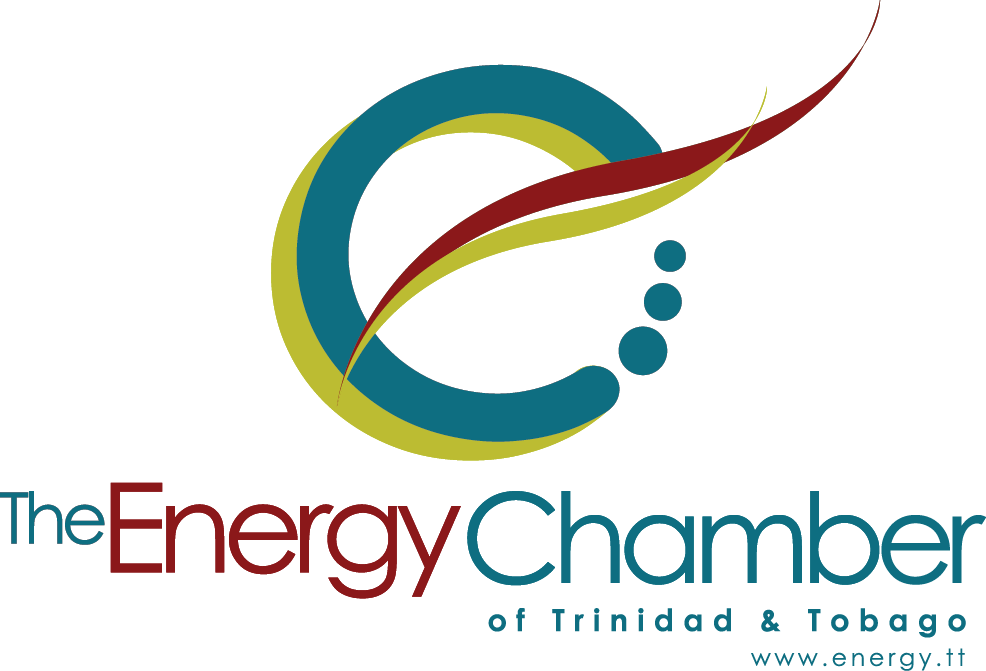In the energy sector there’s a constant ebb and flow when it comes to mergers and acquisitions. There has been quite a lot of consolidation in the industry in the past few weeks. Recently, SLB acquired ChampionX, Chevron acquired Hess Corporation and here in Trinidad, Perenco acquired the assets of Woodside Energy. In the local energy services sector, we also saw TOSL Engineering purchasing Ansa Technologies.
Last week, a pair of global energy services companies agreed on a merger creating a leader in energy services, according to the companies – Subsea7 and Saipem. Both major companies are active in the region with projects in Guyana, Suriname and Trinidad & Tobago.
The two companies previously announced the potential merger in February this year and last week the companies announced they have reached an agreement in principle on the key terms of the merger of the two companies.
The merger creates synergies in the delivery of services to the industry. Saipem is an engineering, procurement, construction, and installation (EPCI) company while Subsea7’s core business revolves around subsea engineering and construction. The new entity will be named Saipem7.
The combination of the two companies creates a full spectrum of offshore and onshore services, from drilling, engineering and construction to life-of-field services. Because of this, the company indicated it will have the ability to optimise project schedules.
Both companies have been engaging more in the Southern Caribbean in the past few years. In Guyana, Saipem established the Saipem Guyana Offshore Construction Facility and were involved in the Liza project since phase 1 in 2017. The offshore facility enables fabricated items to be loaded onto vessels to be delivered offshore from the Demerara River. More recently, Saipem received a contract from Exxon which involves the engineering, procurement, construction, and installation (EPCI) of subsea structures, umbilicals, risers and flowlines (SURF) for the production facility and gas export system of the proposed Hammerhead oil field development project. Saipem was also involved with the Payara project.
Subsea7 was also involved in Guyana and worked on the Gas to Energy Project where they were contracted by Exxon for a scope which included project management, engineering, and installation of approximately 190 kilometres of pipeline, with an associated shallow water portion and onshore approach making landfall to the west of the Demerara River, along the coast of Guyana.
In Suriname, Saipem was also awarded an EPCI contract from TotalEnergies for work in Suriname for the subsea development of the GranMorgu project, located in the Block 58.
In Trinidad &Tobago, Subsea7 was recently awarded a contract by Shell for the Aphrodite gas project offshore. The project involves the transportation and installation of subsea equipment at the Aphrodite development, located within Block 5a, at water depths of up to 290 metres.
The combination of capabilities from the two companies will have synergies which will allow the new entity to do more joint subsea work in addition to the engineering capabilities. In addition, equipment for heavy lifting will also aid in the execution of subsea projects.
When the merger was announced one of the major benefits proposed was the ability to optimise project schedules delivering projects quicker. This is of course appreciated in a sector striving for greater efficiency in the context of concerns about long-term oil and gas price outlooks.
The company has indicated that the offshore engineering & construction business will be contained within an operationally autonomous company, fully owned by the new Saipem7, but retaining the name Subsea7. For the Caribbean, it is anticipated that most of the work will be done by the new enlarged Subsea7, given the focus on offshore and subsea activity.

